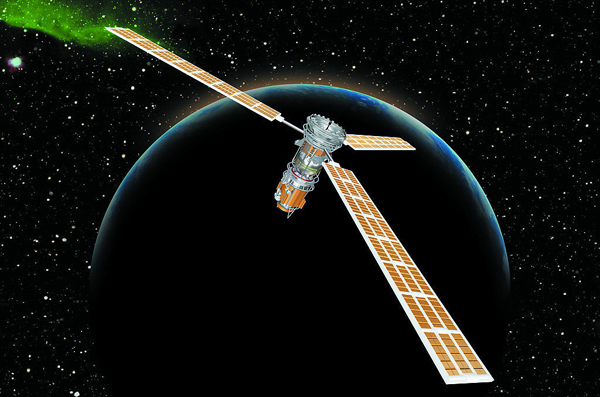This is Scientific American 60 Secomds, Space. I'm Clara Moskowitz, got a minute?
這里是科學美國人60秒,太空系列。我是克拉拉·莫斯科維茲。
Some of the world's smallest satellites are set to fly into orbit on April 14th, aboard a SpaceX Falcon 9 rocket. The satellites, called Sprites, are only about the size of saltine crackers. But they can still transmit basic measurements of the space environment back to the surface.
一批世界上最小的衛星即將于4月14日升空入軌,搭乘SpaceX的獵鷹9號火箭。這些衛星稱為“精靈”,只有餅干大小。但它們仍然可以向地面發送空間環境的基本測量。

Each one contains a tiny single-chip computer with a magnetometer, a gyroscope, an antenna and a solar panel. They're made from the type of basic consumer electronics inside smart phones.
每個包含一個微小的單片計算機,磁力計,陀螺儀,天線和太陽能電池板。它們是由智能手機之類的基本消費電子產品制成。
One-hundred-four Sprites are ready to fly on this demonstration mission. "It has the potential to really open up access to space to an entirely new demographic." That's Zach Manchester, the Cornell University aerospace engineering graduate student who founded the project.
一百零四只“精靈”衛星已經為這個演示項目做好準備。“它真正向一大新群體打開了太空。”創立此項目的是康奈爾大學航空航天工程研究生扎克·曼徹斯特。
"In a few years it really could be the case that you could buy 'My First Satellite' kit for, like, a thousand bucks online. And put together your own satellite and then send it off and have it launched."
“不出幾年,你也可以跟我一樣,花千八百塊錢網購衛星套件,組建出自己的衛星,發射升空。”
Manchester aimed to raise $30,000 on Kickstarter to build and launch his satellites. He ended up pulling in almost $75,000.
曼徹斯特計劃在Kickstarter網站上募集30,000美元制作和發射衛星。他結束時集得近75,000美元。
"The idea that just about anybody could be able to launch a satellite and do whatever they want with it. And I think that's supercool."
“這個想法讓幾乎所有人都可以發射衛星,做任何他么你想做的事情。我認為這超爽!”
Thanks for the minute for Scientific American 60 Secomds, Tech. I'm Clara Moskowitz.
感謝收聽。












